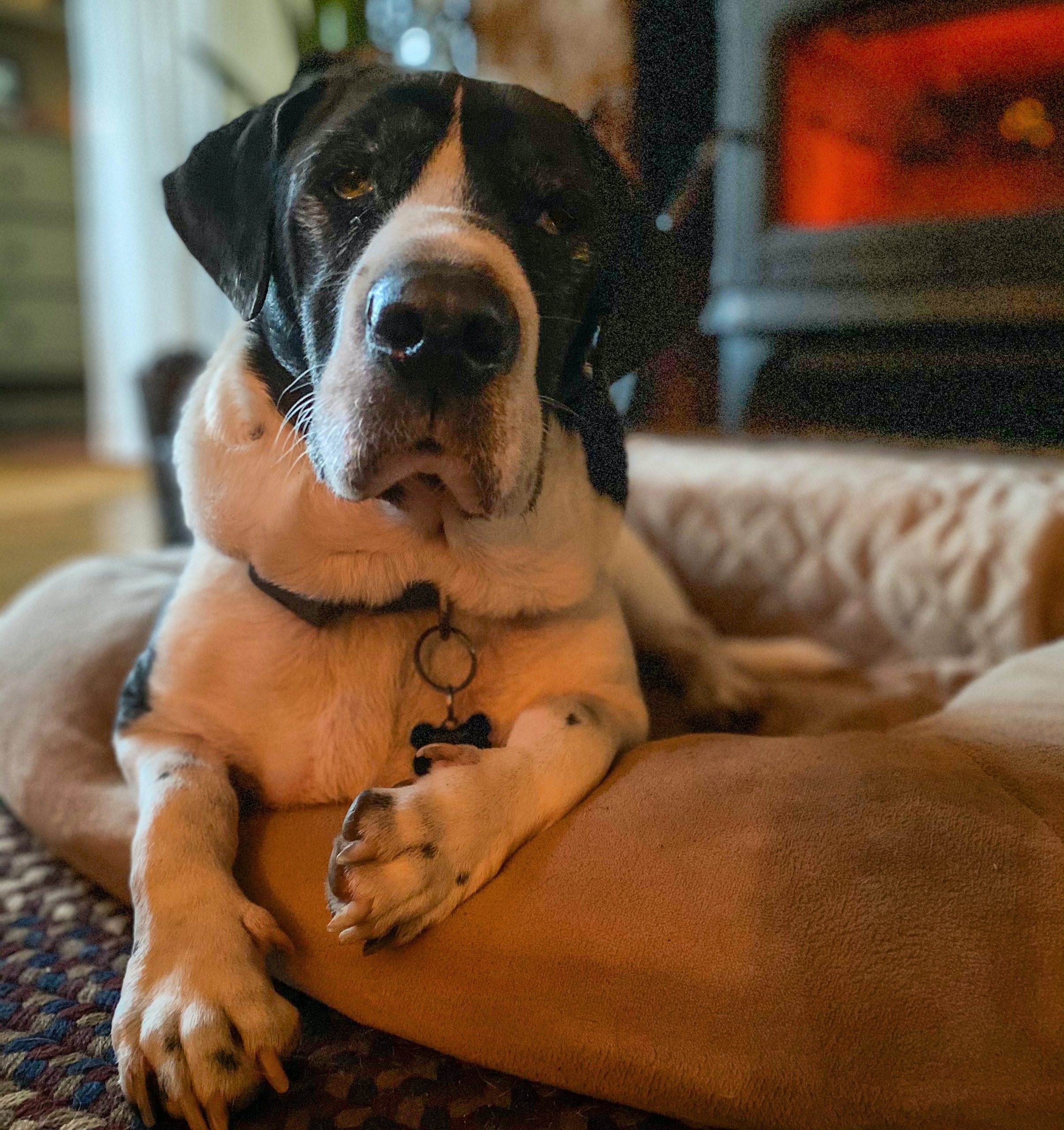Finding the Perfect Low-Energy Dog Breed for Your Lifestyle
Choosing the Right Low-Energy Dog Breed for Your Living Environment: A guide to understanding and selecting low-energy dog breeds that are suitable for less active individuals, including detailed overviews of specific breeds, health and care considerations, and tips for training and socialization.
Understanding Low-Energy Dog Breeds
When considering low-energy dog breeds, it’s important to understand that they are an excellent choice for individuals who prefer a more relaxed and less active lifestyle. These breeds are known for their adaptability to living in smaller spaces, making them suitable for apartment living and ideal for city environments. For instance, the Bolognese is a low-energy lap dog that thrives in apartment settings and is well-suited for individuals who prefer a quieter living environment. Additionally, low-energy breeds like the Cavalier King Charles Spaniel are gentle and adaptable, making them great companions for individuals who value a calmer and less demanding lifestyle.
In addition to their adaptability to specific living environments, low-energy dog breeds provide an ideal fit for families with children. For instance, the Basset Hound is a low-energy breed known for its affectionate and patient nature, making it a great companion for children. Their gentle and easygoing temperament allows them to thrive in family settings where a more relaxed energy level is preferred. This makes low-energy dog breeds an excellent choice for individuals or families who are looking for a loyal and calm companion that complements their lifestyle.
Top Low-Energy Dog Breeds
When it comes to low-energy dog breeds, there are several options available, each with its distinctive characteristics and traits. For example, the Bichon Frise is a small, affectionate breed known for its hypoallergenic coat and friendly disposition, making it suitable for individuals with allergies and those seeking a companion for apartment living. On the other hand, the Basset Hound, with its gentle and laid-back nature, is an excellent choice for families with children due to its patient and tolerant demeanor. Understanding the specific traits of each breed can help in choosing the most suitable low-energy dog for a particular living environment and lifestyle.
Moreover, when considering the Affenpinscher, a small but sturdy breed, its adaptability to city living and minimal exercise requirements make it an ideal choice for individuals residing in urban areas or those with limited outdoor space. Additionally, the Bloodhound, known for its calm and gentle temperament, is well-suited for families due to its affectionate nature and moderate exercise needs. By understanding the unique characteristics and temperaments of each low-energy breed, individuals can make an informed decision based on their living environment and the level of interaction they seek with their canine companion.
Health and Care Considerations
When considering low-energy dog breeds, it’s important to be aware of the common health issues they may face. Obesity is a significant concern for these breeds, and they may require a special diet and moderate exercise to stay healthy. For example, Basset Hounds, known for their low energy levels, need daily walks to prevent obesity. In addition to obesity, some low-energy breeds are prone to specific skin and ear infections, which require regular attention and care.
Moreover, grooming needs and climate considerations play a vital role in the care of low-energy dog breeds. For instance, certain breeds like the Bolognese and Shih Tzus are not only low-energy but also low-shedding and hypoallergenic, making them suitable for individuals with allergies. Conversely, breeds like Chow Chows require early obedience training and consistent grooming due to their thick coats and specific grooming requirements. By understanding and addressing these health and care considerations, owners can ensure the well-being and happiness of their low-energy canine companions.
Choosing the Right Breed for Your Lifestyle
When considering a low-energy dog breed, it’s essential to evaluate your individual lifestyle and activity level to ensure a compatible match. For instance, if you have a small family and prefer a more relaxed pace, low-energy breeds like French Bulldogs and Pekingese can be suitable companions. French Bulldogs are known for their low-energy disposition, making them ideal for apartment living and less active households. However, it’s important to note that they are prone to skin and ear infections, so regular grooming and health checks are crucial to maintain their well-being.
Similarly, Pekingese are well-suited for individuals or families with older children or adults, as they are generally low-energy and prefer a quieter environment. Understanding the specific traits and potential health concerns of these breeds is vital to make an informed decision that aligns with your lifestyle and living environment. By considering these factors, you can ensure that the chosen low-energy breed complements your daily routine and provides a harmonious companionship for years to come.
Caring for a Low-Energy Dog
When caring for a low-energy dog, it is crucial to understand that proper training and socialization are vital for their well-being. For instance, breeds like the Bolognese and the Shih Tzu, which are low-energy, low-shedding, and hypoallergenic, require consistent training and socialization to ensure they are well-adjusted and obedient pets. This involves patience and the use of short, frequent training sessions to help them adapt to different situations and environments.
In addition to training, routine veterinary check-ups and a balanced diet are essential for maintaining the health of low-energy dog breeds. For example, breeds such as the Pug are prone to specific health issues, including obesity and respiratory problems, which require regular monitoring and care. By ensuring that they receive proper medical attention and a well-balanced diet, owners can help mitigate the risk of these health concerns. Moreover, moderate exercise is crucial for preventing obesity and maintaining the overall well-being of low-energy dogs, highlighting the need for daily physical activity tailored to their energy levels and health requirements.
Making the Decision
When deciding to bring a low-energy dog into your home, it’s crucial to recognize that it’s a substantial and enduring commitment that necessitates thoughtful consideration and extensive research. This includes evaluating the compatibility of the dog breed with your lifestyle, considering the dog’s socialization needs, and understanding individual breed characteristics. For instance, if you prefer a more relaxed pace of life and have limited time for vigorous exercise, a low-energy dog can be an ideal match for your living environment.
Moreover, when contemplating the prospect of adding a furry companion to your family, considering the option of adopting a senior low-energy dog can be remarkably rewarding. Senior dogs often exude a calm and loving demeanor, making them excellent companions for individuals seeking a more tranquil lifestyle. By making a well-informed decision, you can ensure a harmonious and enduring relationship with a low-energy dog that perfectly complements your way of life.



